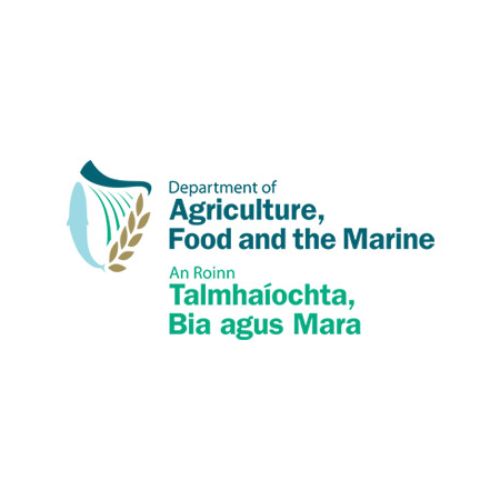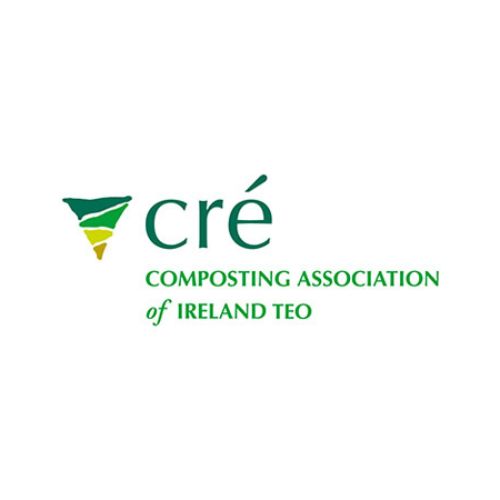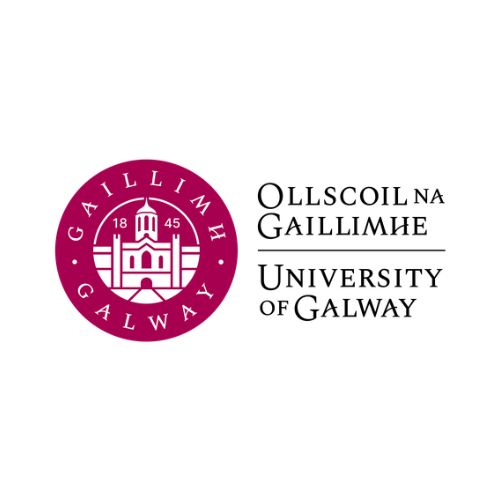Why BioGas?
Derived from renewable sources, Biogas is carbon neutral and in some cases carbon negative, and offers a mechanism not only for decarbonisation of Ireland’s national electricity grid but also Ireland’s gas system.
With Biogas, there are many more options for energy utilisation outside of electricity generation such as transport and heating. One such way is Biomethane which can be used for both transportation and heat.
Biogas contains 40-50% carbon dioxide. We can remove this carbon dioxide from biogas upgrading it to pure biomethane. We can use biomethane in a number of ways.
Key Outputs
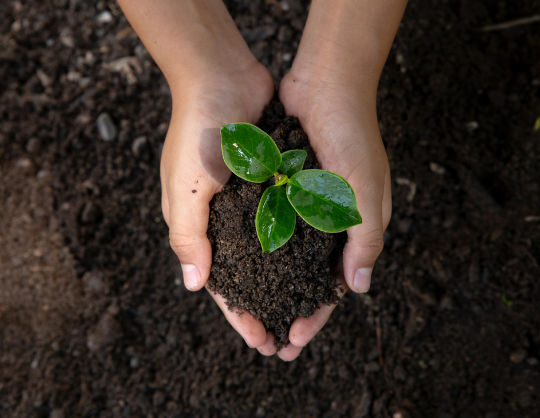
Digestate
A high quality eco fertiliser rich in nutrients that we apply to agricultural land displacing artificial fertiliser.
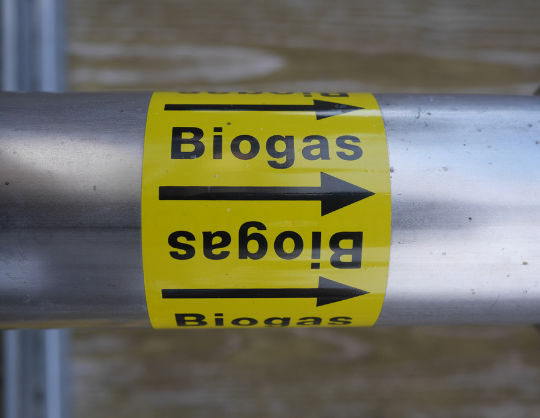
BioGas
An energy rich gas, high in methane, that we use in a high efficiency CHP to generate electricity and heat.

GreenGas AD Plant is a state of the art farm based Anaerobic Digestion plant located outside Shanagolden in County Limerick. The biogas plant processes manure and slurry from local poultry and dairy farms as well as other imported feedstock. We convert the energy contained in these materials into a usable form of energy, such as electricity.
The biogas produced in the anaerobic digestion process is used as fuel in a high efficient Combined Heat and Power Engine (CHP) which produces electricity and heat. We use some of the electricity produced for onsite use with the majority exported to the national grid and the heat is used in both onsite and in the nearby poultry enterprise. The nutrient rich digestate is used on local farm land as a high quality eco fertiliser.
UNDERSTANDING BIOMETHANE
By the addition of trace gases and odourising biomethane we have a renewable Natural Gas. Biomethane is the most efficient way of greening our natural gas grid which is 100% fossil fuel.
The greenhouse gas savings of biomethane fuelled vehicles can be significant. Methane fuelled vehicles can also have extremely low emissions of local pollutants, including NOx and particulates (PM2.5 and PM10) when compared to modern petrol and diesel vehicles.
Resources & Associations
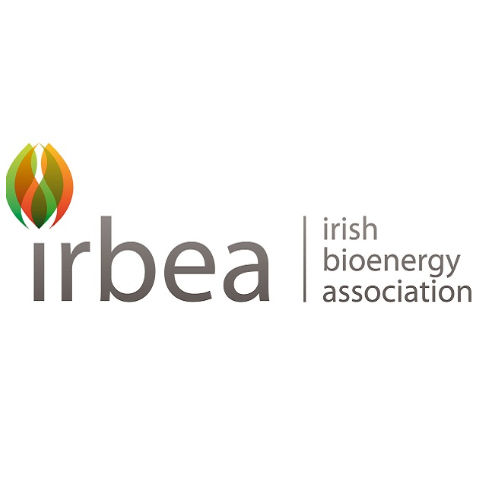
Irish BioEnergy Association
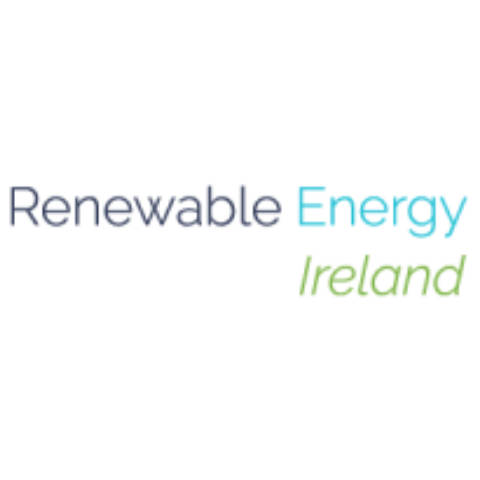
View Ireland's renewable energy associations
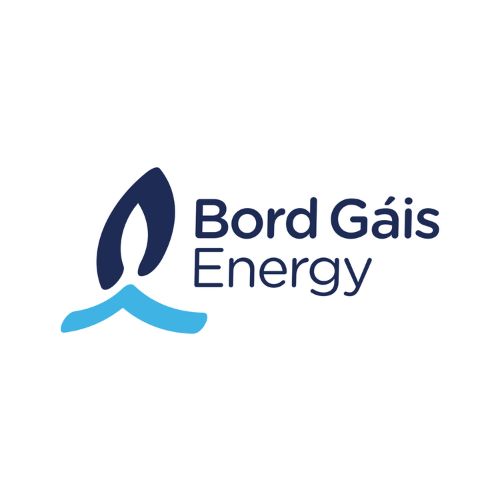
bord gais energy
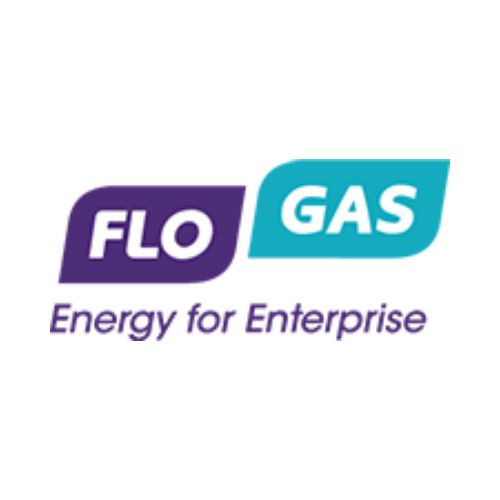
Flogas Enterprise
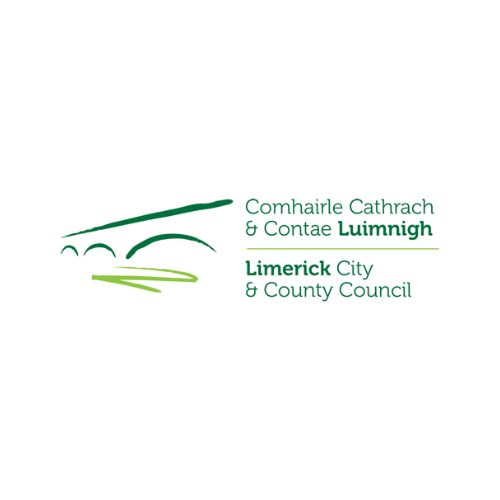
Limerick CITY & COUNTY cOUNCIL

